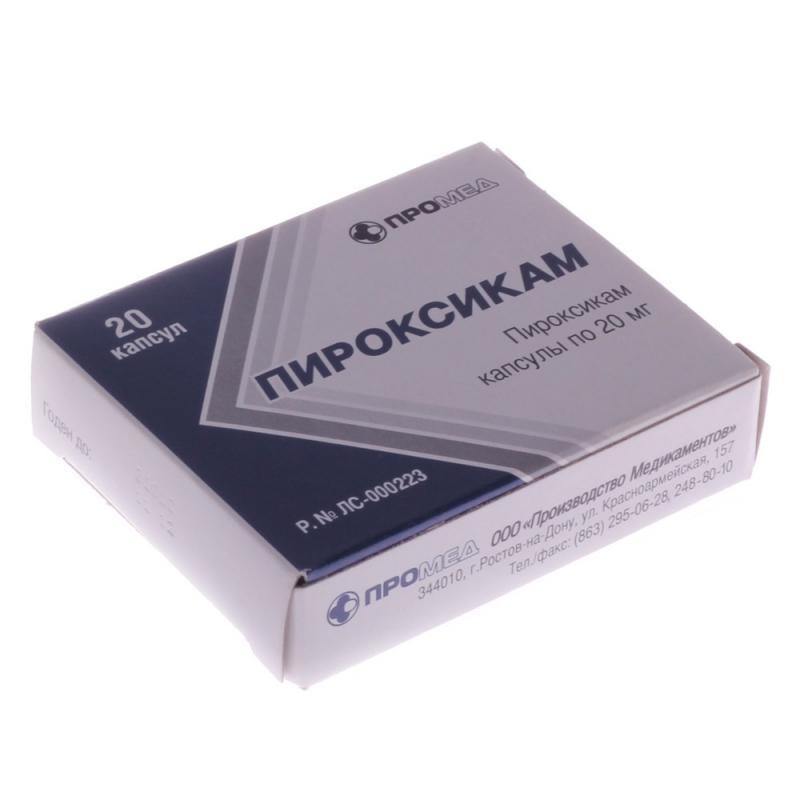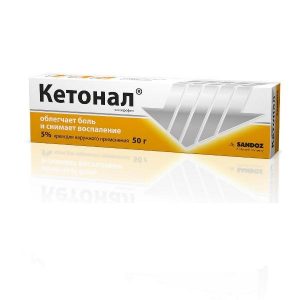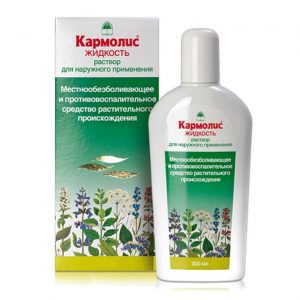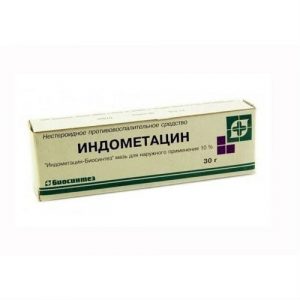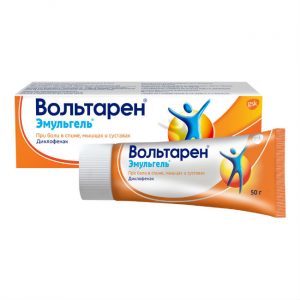Description
Latin name
Piroxicam
Release form
Capsules.
packaging 20 pcs
Pharmacological action
Piroxicam is a non-steroidal anti-inflammatory and antirheumatic agent. It has anti-inflammatory, analgesic and antipyretic effects. It is used for rheumatic diseases, pain and joint syndrome.
Indications
Inflammatory and degenerative diseases of the musculoskeletal system: rheumatoid and gouty arthritis, rheumatism, ankylosing spondylitis (ankylosing spondylitis), osteoarthritis. Pain syndrome: sciatica, tendovaginitis, bursitis, arthralgia, neuralgia, myalgia, radiculitis, post-traumatic and postoperative pain syndrome, accompanied by inflammation, algomenorrhea. Feverish syndrome with colds and infectious diseases.
Contraindications
Hypersensitivity, erosive and ulcerative lesions of the gastrointestinal tract (in the acute stage), aspirin asthma, hepatic and / or renal failure of bleeding disorders (including hemophilia, prolonged bleeding time, tendency to bleeding, hemorrhagic diathesis) children (under 14 years old), over 65 years old, pregnancy, lactation for rectal administration – proctitis anorectal bleeding.
Special instructions
Patients with gastrointestinal tract dysfunctions, after extensive surgery, in old age, patients with bronchial asthma and chronic bronchospastic diseases should have a history of monitoring the cellular composition of the blood, kidney and liver function. In women, the contraceptive effect of IUDs may be reduced due to the effect of piroxicam on the tone of the myometrium. Recommendations for use in children are not currently developed. During treatment, ethanol should be excluded. Do not apply to damaged skin. Avoid contact with eyes or mucous membranes. During the treatment period, care must be taken when driving vehicles and engaging in other potentially dangerous activities that require an increased concentration of attention and speed of psychomotor reactions.
Composition
1 capsule contains: piroxicam 20 mg.
Excipients: powder pulp, sodium carboxymethyl starch (sodium starch glycolate), potato starch, sodium lauryl sulfate, magnesium stearate, gelatin, titanium dioxide or gelatin, titanium dioxide, blue patented dye.
Dosage and Administration
Inside. With rheumatoid arthritis, osteoarthritis and ankylosing spondylitis – 10-30 mg / day in 1 dose, for a long time.
In acute diseases of skeletal muscle – 40 mg / day in one or more doses for 2 days, in the next 7-10 days – 20 mg / day.
In the treatment of an attack of gout, the initial dose is 40 mg, once, in the first 2 days, then for 4-6 days – 40 mg once or 20 mg 2 times a day.
With algodismenorrhea, treatment should be started when the first symptoms appear at an initial dose of 40 mg / day in 1 or more doses for 2 days. In the next 1-3 days – 20 mg in 1 dose.
In juvenile rheumatoid arthritis is prescribed once a day: for children over 14 years old weighing more than 46 kg – 20 mg / day.
Side effects of the
From the digestive system: pain and discomfort in the abdomen (including epigastrium), flatulence, nausea, constipation, diarrhea, peptic ulcer, GI bleeding, anorexia, vomiting, dyspepsia, stomatitis, glossitis, pancreatitis, hepatitis.
From the side of the central nervous system: dizziness, headache, increased appetite, sedation, drowsiness, amnesia, anxiety, depression, anxiety, hallucinations, insomnia, unusual dreams, nervousness, paresthesia, personality change, tremor, akathisia.
On the part of the sensory organs: tinnitus, vertigo, deafness, blurred vision, irritation or swelling of the eyes.
Laboratory indicators: increased activity of liver enzymes (LDH, alkaline phosphatase, transaminases), increased concentration of urea nitrogen, hypercreatininemia, decreased Hb and hematocrit, hypoproteinemia, thrombocytopenia, leukopenia, anemia (including aplastic and hemolytic), hypoglycemia, detection of antinuclear antibodies.
From the CCC: increased blood pressure, tachycardia, palpitations, flushing of blood to the skin.
From the skin: rash (including petechial), purpura, including thrombocytopenic, ecchymosis, pruritus, onycholysis, alopecia, photosensitization, exfoliative dermatitis, erythema multiforme, Lyell’s syndrome, Stevens-Johnson syndrome, vesicle-bullous reactions.
From the genitourinary system: edema, dysuria, frequent urination, hematuria, oliguria, menorrhagia.
From the respiratory system: nosebleeds, shortness of breath.
Other: chest pain, thirst, chills, excessive sweating, increased or decreased body weight.
Drug interaction
Displaces drugs from the blood protein, reduces the effectiveness of antihypertensive drugs (due to the delay of Na +, K + and water in the body), increases the concentration of phenytoin and Li + drugs. Increases the risk of hyperkalemia when combined with potassium-sparing diuretics and K + donors, the risk of ulceration of the gastrointestinal mucosa with GCS. ASA reduces the concentration of piroxicam in serum. In combination with anticoagulants reduces the ability of platelets to aggregate (risk of bleeding). Myelotoxic drugs increase the manifestations of hematotoxicity of the drug.
Overdose
Symptoms: nausea (vomiting) – toxic-allergic shock.
Treatment: Conducted according to generally accepted principles of clinical toxicology.
Storage Conditions
The product should be stored in a dark place at 15 ° C to 25 ° C.
Shelf life
3 years.
prescription drug dispenser
holiday conditions
drug dispenser recipe
dosage form
capsules
Possible product names
PYROXYCAM 0.02 N20 CAPS / SOFARMA /
Piroxicam 10 mg Caps. X20
Piroxicam 20mg Tab. X20
piroxicam caps. 20 mg N20 Bulgaria
Piroxicam capsules 20 mg, 20 pcs.
Sofarma Bolgaria
